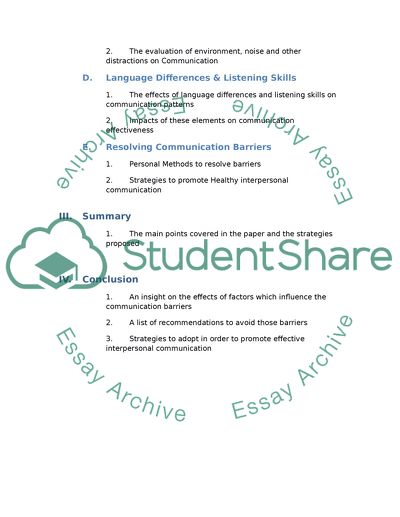Cite this document
(Basic Units of Communication Research Paper Example | Topics and Well Written Essays - 2000 words - 1, n.d.)
Basic Units of Communication Research Paper Example | Topics and Well Written Essays - 2000 words - 1. Retrieved from https://studentshare.org/journalism-communication/1749135-interpersonal-communication
Basic Units of Communication Research Paper Example | Topics and Well Written Essays - 2000 words - 1. Retrieved from https://studentshare.org/journalism-communication/1749135-interpersonal-communication
(Basic Units of Communication Research Paper Example | Topics and Well Written Essays - 2000 Words - 1)
Basic Units of Communication Research Paper Example | Topics and Well Written Essays - 2000 Words - 1. https://studentshare.org/journalism-communication/1749135-interpersonal-communication.
Basic Units of Communication Research Paper Example | Topics and Well Written Essays - 2000 Words - 1. https://studentshare.org/journalism-communication/1749135-interpersonal-communication.
“Basic Units of Communication Research Paper Example | Topics and Well Written Essays - 2000 Words - 1”, n.d. https://studentshare.org/journalism-communication/1749135-interpersonal-communication.


